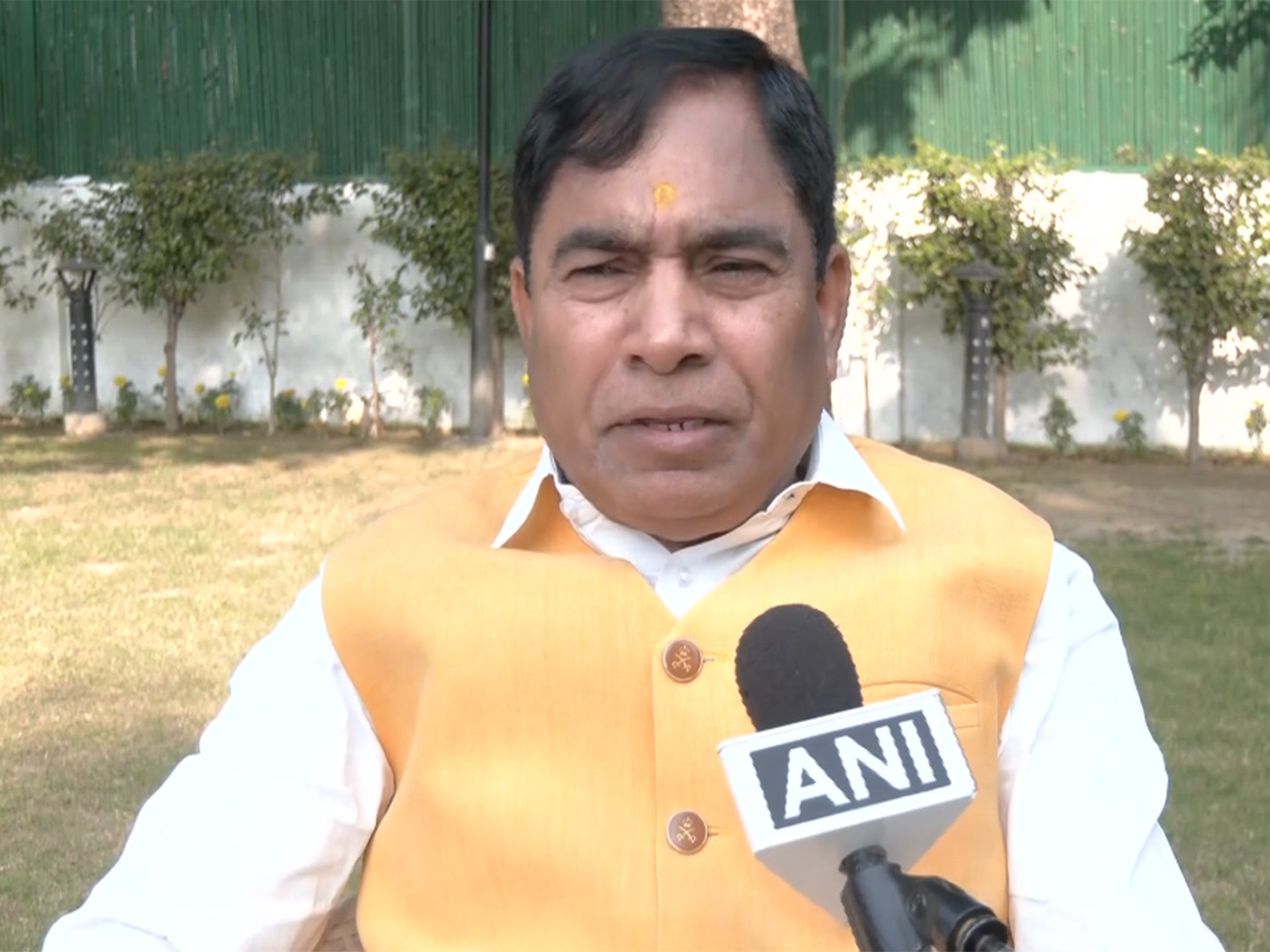It's 12 years since massive earthquake-tsunami struck Japan that killed 15,000 people
Mar 11, 2023

Fukushima [Japan], March 11 : It was 12 years on Saturday since a massive earthquake and tsunami struck Japan that that killed 15,000 people and triggered a nuclear disaster, Kyodo News reported.
Recovery from the magnitude-9.0 earthquake and resultant tsunami that devastated Fukushima, Iwate and Miyagi prefectures has progressed in the ensuing years, but some 31,000 people remained displaced as of November 2022, Kyodo News said. Cleanup plans at the Fukushima Daiichi nuclear complex are also stoking controversy, the publication added.
The national government no longer holds a memorial ceremony more than ten years after the tragedy, although local governments in the impacted areas continue to hold smaller-scale celebrations.
According to Kyodo News, a ceremony organised by the Fukushima Prefectural Government was attended by Prime Minister Fumio Kishida later in the day on Saturday. His administration is planning contentious reforms to nuclear energy policy, including enabling reactors to operate for longer than the present 60-year restriction.
After the tragedy, all of Japan's nuclear reactors were shut down, and the majority are still inactive today. Yet, the global energy crisis brought on by the conflict in Ukraine has driven up electricity prices in Japan, prompting the government to press for the restart of reactors even while surveys indicate that popular support for nuclear power is waning.
Kishida has urged Japan to explore developing "next-generation" reactors with new safety features in addition to calling for the restart of seven reactors that the country's nuclear safety agency has approved.
A majority of people now accept the proposal for the first time since 2011, according to recent polls conducted by two influential newspapers, the Asahi Shimbun and Yomiuri Shimbun.
"The government will continue to spearhead efforts towards the safe and steady decommissioning of the Fukushima No. 1 plant - a procedure important to recovery," Kishida said during the Fukushima memorial service.
"It is our duty to support efforts to develop a disaster-resistant nation."
A report published in Kyodo News said campaigners who charge Tokyo Electric Power Company Holdings, the company in charge of running the Fukushima plant, with safety violations that uprooted nearby communities continue to harbour deep mistrust of nuclear power.
The National Police Agency's most recent statistics, which were made public on Thursday, put the dead toll from the tragedy at 15,900, while 2,523 individuals were still missing. This is the first time in 12 years that the numbers have not increased.
Hiroaki Sato, 49, who travelled to Arahama, a coastal region in Miyagi that was ravaged by the disaster, with his wife and two boys on Saturday to pray for his deceased father, was among those paying tribute to the fallen. "I wanted to demonstrate to him how much his grandchildren had matured," Sato added.
The Rebuilding Agency reports that as of March 31 of last year, there had been 3,789 deaths associated with the disaster, including those brought on by disease or stress-related suicide.
Ayako Yanai, 67, lost her father-in-law and her husband after they were evacuated from the prefecture in 2016 and 2019, respectively. Okuma is one of the Fukushima towns that is home to the destroyed nuclear power plant, Kyodo News reported.
But, due to the passage of time, their deaths were not recognised as being connected to the catastrophe. Yanai disagreed with the evaluations, saying: "Stress increases as a result of having to relocate repeatedly to unfamiliar locations. That is unrelated to how many years have passed."
There is still debate surrounding the nuclear accident cleanup, including the idea of discharging cleaned water stored at the damaged Fukushima facility into the ocean in the spring or summer.
The plant has amassed polluted water that was poured into the reactors to cool melting fuel, and the volume is growing as precipitation and groundwater from the area is pumped in.
The more than 1.3 million tonnes of treated water that had accumulated at the cleanup site as of February 16 will be sent into the ocean through an approximately 1-kilometer tunnel that will begin construction in 2022. The capacity of the accessible water tanks will likely be achieved by the summer or fall of this year, with 96 per cent of them already being filled.
Several parties have voiced opposition, including locals and fishing companies, out of concern that discharging water into the Pacific will harm their reputations. South Korea and China are two neighbouring nations that have expressed concern.
The area around the Fukushima plant is a no-go zone, and decommissioning operations is expected to last until sometime between 2041 and 2051.
In some of the last places that have remained inaccessible since the nuclear tragedy, partial reopenings have advanced.
The towns of Okuma, Futaba, Katsurao, and between June and August of last year, some places had evacuation orders lifted.
Just 1 per cent of former inhabitants in the reopened areas of the three municipalities had returned as of February, according to a Kyodo News study. This is despite the fact that many registered people have left their villages for years to start new lives elsewhere.
Nobuko Yamazaki, 77, a resident of Futaba's public housing, said that she "can't keep up" with how quickly the area has changed over the previous 12 years. All we can do, she replied, is wait for the people to return.
In the spring of this year, some evacuation orders will be removed for three more communities in Fukushima, Kyodo News reported.



















